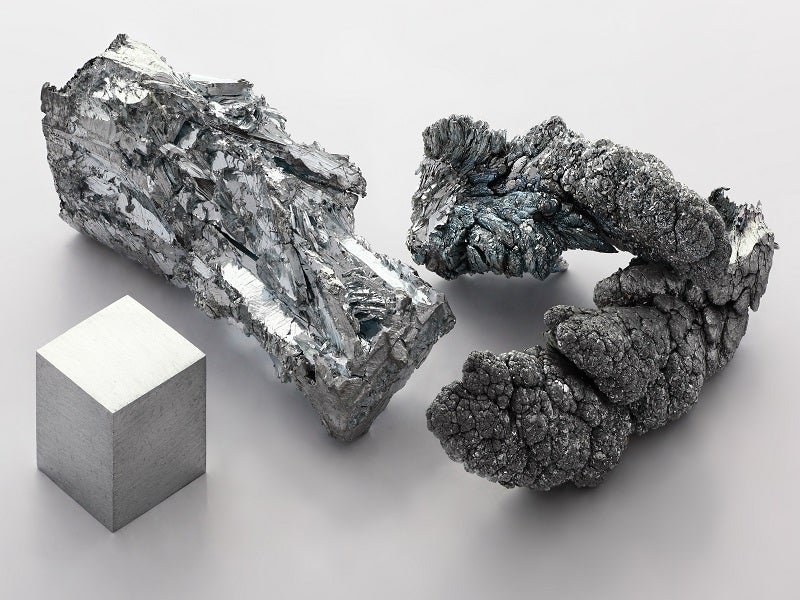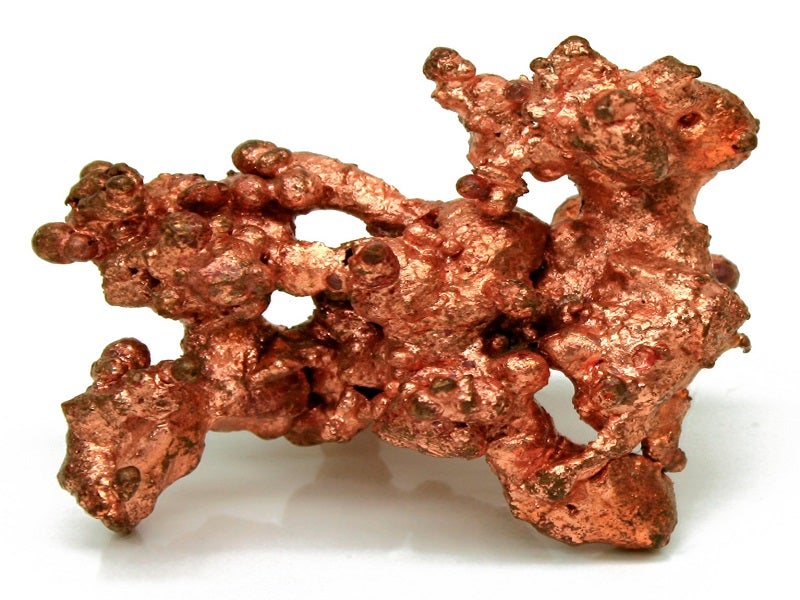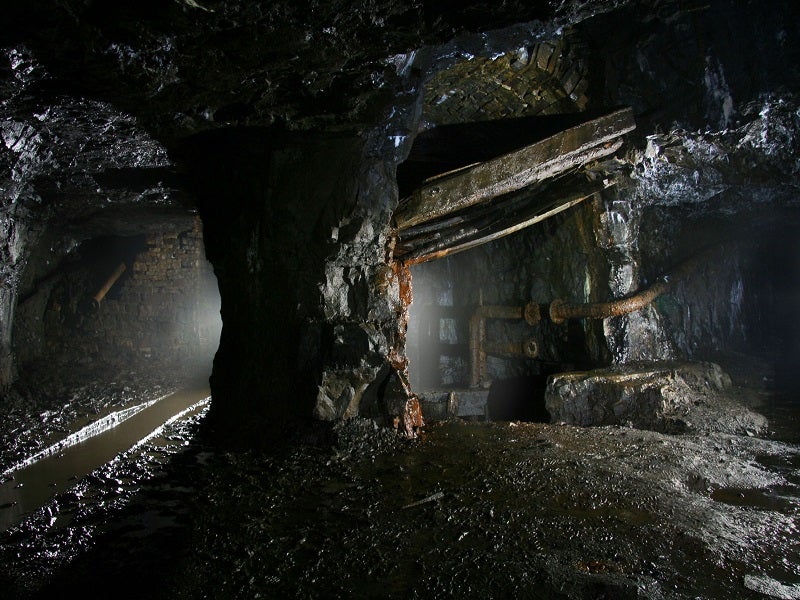The McIlvenna Bay project is an underground mine located in Mantioba province, Canada and fully owned by Foran Mining. The deposit was discovered in early 1988 by Saskatchewan Mining Development Corporation (now Cameco Corporation) and Esso Minerals.
The McIlvenna Bay property comprises of 30 mineral claims covering an area of 20,382ha. Foran owns 100% interest in the property, subject to a 1% Net Smelter Return (NSR). The NSR is held by Cameco Corporation and BHP Billiton with a $1m buy-out provision any time in favour of Foran.
Exploration of the McIlvenna deposit was suspended by Cameco in 1991 and remained undeveloped until Foran purchased exploration rights in 1998. A preliminary economic assessment (PEA) for McIlvenna Bay was announced in November 2014 followed by a positive pre-feasibility study (PFS) in March 2020.
McIlvenna Bay project location
The McIlvenna Bay project lies on the western edge of the Paleoproterozoic Flin Flon Greenstone Belt (FFGB). The project area extends from north-central Manitoba to north-eastern edge of Saskatchewan province.
The mine is located approximately 65km west of Flin Flon town in Manitoba.
Geology and mineralisation
The Hanson Lake Block, which hosts the McIlvenna Bay deposit, is bound by the Sturgeon-Weir Shear Zone to the east and the Tabbernor Fault Zone to the west. The block extends south underneath a cover of Ordovician sandstones of the Winnipeg Formation, and dolomites of the Red River Formation.
McIlvenna Bay is a volcanogenic massive sulphide (VMS) deposit characterised with the presence of synvolcanic accumulations of sulphide minerals. The deposit starts 25m below the surface extending downward to approximately 2km. It contains five zones with structurally modified, stratiform, volcanogenic, polymetallic massive sulphide mineralisation and associated stringer style mineralisation.
Copper and zinc is hosted in massive to semi-massive sulphides with lower concentrations of silver, gold and lead. The stringer style mineralisation hosts elevated copper and gold.
Mineral resources and reserves at McIlvenna Bay
The McIlvenna Bay project is estimated to hold 22.95Mt of indicated resources grading 3.05% Zn and 1.17% Cu.
The probable reserve contained within the indicated resources are estimated at 11.34Mt grading at 4.01% Zn, 1.14% Cu, 0.54 grams per tonne (g/t) Au and 20.97g/t Ag
The inferred resource stands at 11.15Mt grading 1.83% Zn and 1.38% Cu.
Mining at McIlvenna Bay
A conventional ramp-access underground mining method will be used to produce zinc/copper ore at a nominal rate of 3,600tpd. The underground mine design features a combination of Avoca and sub-level transverse stoping methods to extract the ore. Stopes are designed with 25m sub-level spacing with major shaft levels every 100 vertical metres.
The mine will use battery electric vehicle (BEV) haul trucks and a vertical conveyor to transport ore to surface as feed. Drilling and blasting operations will be done using conventional top hammer production drills and loaded with diesel operated load haul dump (LHD) loaders.
The first three years of production will utilise a fleet of 50t BEV haul trucks to transport ore to the surface along the ramp. A vertical conveyor will be used to move ore to the surface from the deeper parts of the mine.
An underground crushing station and a vertical conveyor system will be installed for the deeper parts of the mine, which starts at approximately 400m below surface. Paste fill and development waste will be used to backfill the production stopes.
Ore processing
The lead levels in the McIlvenna Bay deposit are relatively low, due to which the process design does not include separation process of lead from the copper concentrate.
The processing plant will include a conventional mineral processing circuit with a SAG mill comprising of a pebble crushing circuit and a ball mill.
The two-stage ball mill circuit will be fed with fine ore to reduce the particle size to -75 microns prior to the flotation process. Zinc and copper rougher concentrates will be reground prior to passing them through the flotation circuit, which is equipped with hydrocyclones to separate zinc and copper concentrates.
The zinc and copper concentrates will then be dewatered to remove flotation solution by passing the concentrates through a thickener and pressure filtration circuit. The final zinc and copper concentrates will be bulk stored before preparing them for sale.
The average annual production rate is expected to be 89.2mlb of zinc and 27.9mlb of copper concentrates.
McIlvenna Bay project infrastructure
The McIlvenna Bay project site is accessible via an 18km all-weather gravel road connecting to Saskatchewan Provincial Highway-106. A railhead is available from the nearby town of Flin, which connects to the North American railway system.
The site houses an exploration and development camp built by Foran in 2011. It includes a 35-bed trailer camp with office, core shack, shop, and core storage facility.
The average operating power required for the entire site infrastructure is estimated to be 25MW, which will be supplied by SaskPower. A new 95km transmission line is planned to be constructed including a sub-station.
A temporary camp comprising 200 single occupancy rooms is expected be built for the construction phase of the project. A potable water treatment plant will also be installed in the construction camp.
Water requirements for the project will be met from the dewatering of underground workings and surface run off water. Water will be treated and recycled wherever possible and on-site well will be use to supply potable water.
Contractors involved
The PEA was prepared by JDS Energy & Mining, Golder Associates, Samuel Engineering, RPA, Patterson & Cooke Canada and KWM Consulting.
Metallurgical test work was completed by Cominco and mineralogical analysis was done by Terra Mineralogical Services.
The technical report for the mineral resource estimate was prepared by Micon International.





